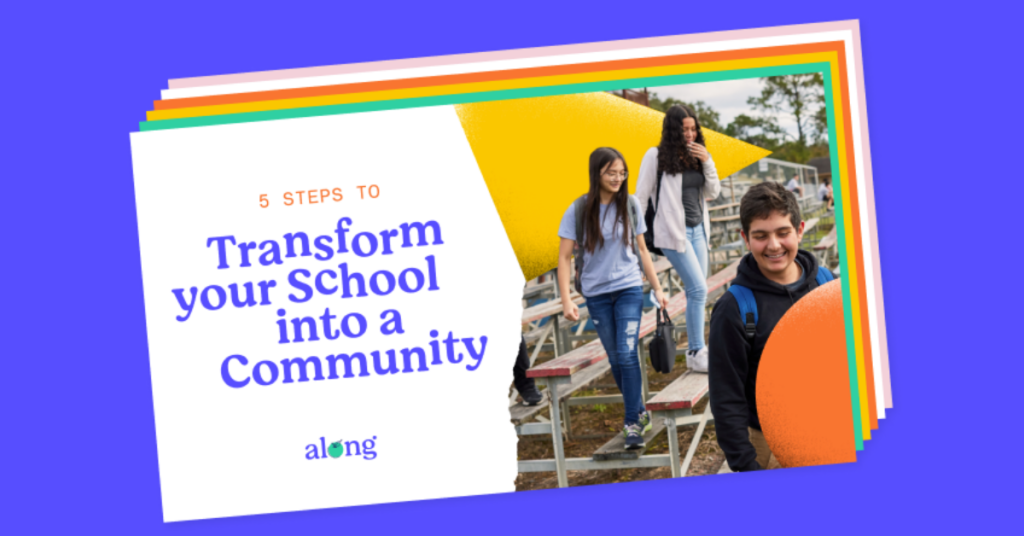School leaders want students to succeed and become their best selves, within schools bursting with positivity. However, the reality is that educators are dealing with some hard challenges. Amidst a trifecta of concerns at schools around the country—student learning loss, low student engagement, and a rise in student behavior problems—how can school leaders like yourself transform schools into thriving communities?

It starts by creating an environment at school that is built on trust, where students feel connected to their teachers. By closing the connection gap between teachers and students, educators can begin making positive impacts on their school communities and the outcomes for their student populations. Research tells us that when students have positive relationships with their teachers, they feel more motivated and engaged in school, develop positive social and emotional competencies and perform better academically.
Bringing this knowledge into practical application in the classroom is possible and also manageable. This week, the team behind Along—the free teacher-student connection builder—has released an e-book (download here) to help school leaders with a five-step solution to start transforming their campuses into communities.
The key is to set a vision for building a school culture through teacher-student connections and make this an attainable goal for an entire school staff. This requires getting everyone on the same page. School leaders can use a weekly staff meeting to discuss vision setting and relationship building, and from there, can consistently include elements of connection-building in professional development and staff communication.
When educators are empowered to create stronger bonds with their students, they are building a foundation for school transformation and long-term impact. School leaders around the country believe strongly that emphasizing connections is a powerful starting point for making real change on their campuses. As Tanis Griffin, the principal of Thompson Intermediate School in Houston, TX, said, “I made it a priority to put relationships first and people first. That’s something that I always tell my staff. We’re going to put people first, and the content will come.”
A schoolwide or districtwide commitment to building connections is all about consistency. Educators have to bring a specific plan to their schools that can be implemented quickly and easily. And, in order for the plan to work, it has to incorporate student voices. When students have a say in their learning experiences, they are likely to develop stronger life skills and have an increased sense of autonomy, belonging, and competence.
Educators can use a tool like Along to build inclusive classroom environments. They can choose from a mix of open-response and scaffolded research-informed questions within the free platform that are designed to get students to share about themselves and their classroom experience. Once students have responded, educators can review individual responses as well as class-wide data, and they are provided with insights on what to do next. They can then show students that their voices are valued by making adjustments to instruction.
When educators consistently ask for their students’ input and then use it to inform the classroom experience, they are building teacher-student relationships while transforming their classroom community. Students can see that their voice matters and are establishing trust with their teacher.
Teachers also reap the benefits when they’re in an environment that fosters strong connections with their students. According to a University of Missouri study, students who reported having more positive relationships with their teachers also reported that their teachers used more high-impact practices linked with student academic achievement. The study indicated that one way to activate these teaching practices, such as sparking cognitive engagement and making curriculum interesting and relevant, is to promote caring teacher-student relationships.
Next time you’re walking down a school hallway, imagine the long-term benefits if schools around the country centered their vision around creating positive teacher-student connections. You can start today by using tools like Along and downloading our e-book to make just this kind of lasting impact.
Sponsored Content Disclaimer:
Sponsored Content in Partnership With NASSP
NASSP allows select groups to share information and thought leadership with our program audiences.

